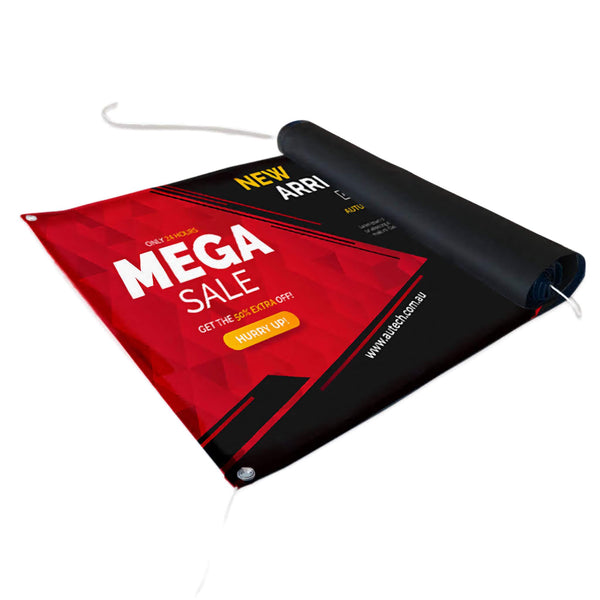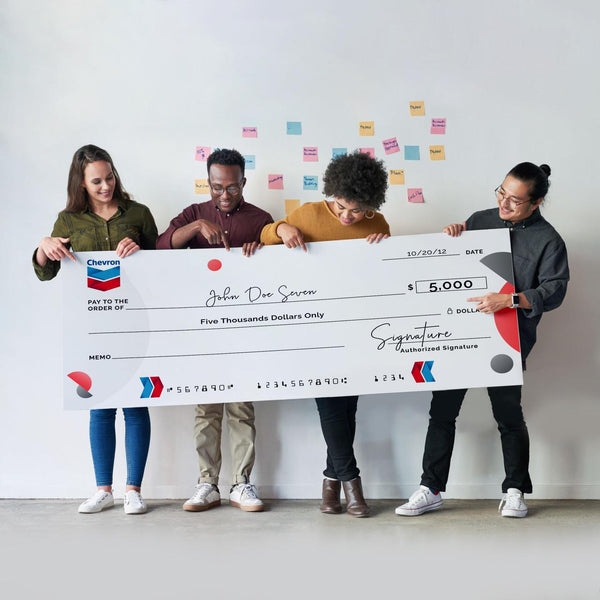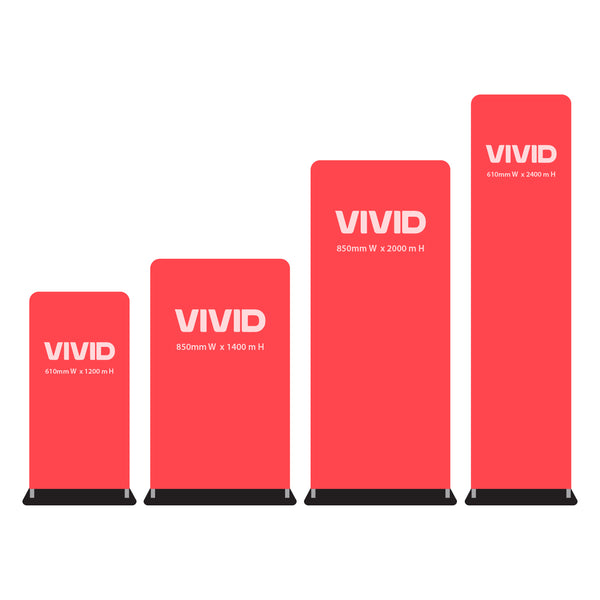How to Choose the Best Paper Type for Printing

Why is choosing the correct paper so important for your printed content; after all, isn’t it just paper? Well, paper helps convey the quality and feel of your content. It is a vital part of the holistic experience your consumers have with your marketing material.
Choosing the correct paper can greatly affect your printed product and your overall production cost. So, here are a few basic questions you should ask yourself before you choose your paper for printing:
- What shape will your finished product take? Will it be a poster, business card, book, flyer, etc.?
- How sturdy would you want the final product to turn out? Would you want it to be good for a few weeks or months?
- What feeling and quality would you like your product to convey and have? Do you want it to look expensive?
- What will your product highlight? For instance, will it be full of text or will it be used to display large visual images?
Once you have gotten the answer to these basic questions, your next step is to choose between paper types – coated or uncoated.
Coated Paper
The surface of coated paper is covered with a sealant; it allows the paper to have a smooth surface. Ink does not get sucked into the surface on this type of paper; it results in a glossy look and works best for visual designs. This paper comes in three varieties – gloss, dull, and matte.
Uncoated Paper
Since it is uncoated, this type of paper has a rough feel to it and it absorbs more ink. Mostly uncoated paper is used for newspapers. It comes in a variety of colors, textures, surfaces, and weights. It is also ideal for writing; it is used for letterheads and books.
Once you have chosen your paper type, you need to consider the following factors.
Paper Weight
Next, you need to consider paper weight or thickness; the thicker it is, the more it will weigh. Paper weight is measured by weighing up 500 pages of the paper to its base size. There are three common base weight types– bond, text, cover. Bond is the lightest; text is slightly heavier than bond, while cover is the thickest. Choosing the right paper weight for your project can be a bit tricky— you can consult your chosen printing press to make the right choice.
Paper Opacity
Opacity pertains to the quantity of light that transmits through the paper; it helps determine whether printed content will be noticeable on the backside of the paper or not. If a paper has 100% opacity, it means that no light will pass through it. The lesser the opacity percentage, the more light will pass through. Paper opacity is determined by weight, coating, whiteness, and fillers.
Paper Brightness
Brightness refers to the light reflected on the paper. It is shown on a measure of 1 to 100; with 100 reflecting the brightest. Mostly papers reflect 60% to 90% light. Brightness impacts readability, contrast, and perception on ink color.
Follow these tips and consider these features to make the correct paper choice for your project!



